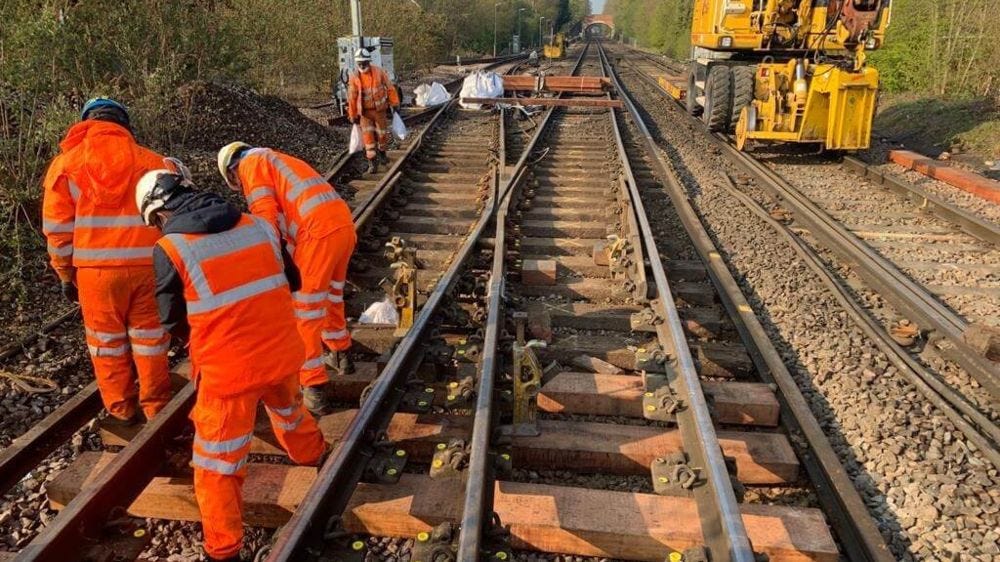Safety of track workers still a matter of concern in the UK

The safety of people who work on the track continues to be a matter of considerable concern, writes the UK Rail Accident Investigation Branch (RAIB) in its latest 2021 annual report, published last week.
Want to read more?
You have read all of your free premium articles for this month. Please become a subscriber to keep reading.
Subscribe now!
Take advantage of our exclusive offer to get full access to all premium content.




